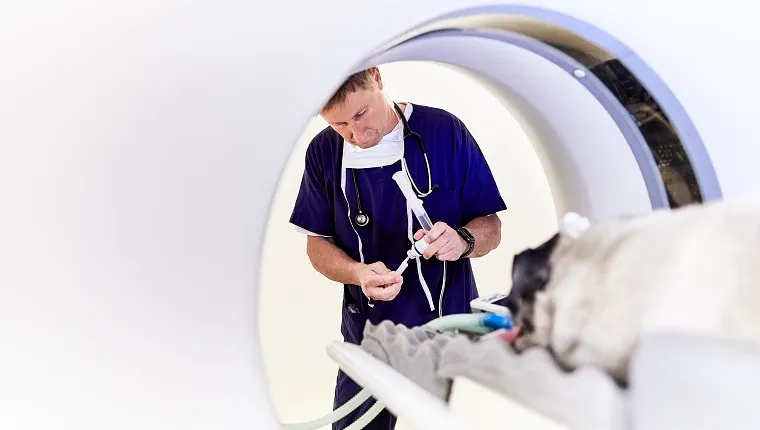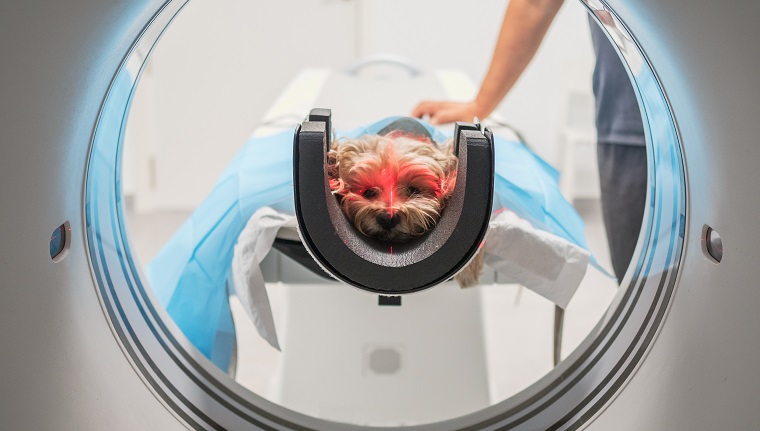Granulomatous meningoencephalomyelitis in dogs, often known as GME, is a medical condition that can cause inflammation of a dog’s brain and spinal cord.
While this condition can affect any dogs, studies suggest that it is most prevalent in canines aged between six months and ten years. Additionally, female dogs seem to be a little bit more likely to develop GME than male dogs.
If you see signs that your dog might be suffering from brain or spinal cord inflammation, then you must consult your veterinarian for a proper diagnosis and course of treatment. Here’s what you should know about the symptoms, causes, and treatments of granulomatous meningoencephalomyelitis in dogs.
Symptoms Of Granulomatous Meningoencephalomyelitis In Dogs
Granulomatous meningoencephalomyelitis in dogs can result in symptoms that will depend on which specific parts of the body are affected. Some of the most common general symptoms include:
- Acting drowsy
- Seizures
- Weakness in the limbs
- Repeatedly pressing against objects with their head
- Developing blindness
Causes Of Granulomatous Meningoencephalomyelitis In Dogs

The precise underlying cause of granulomatous meningoencephalomyelitis in dogs unfortunately unknown.
Dogs of all ages and all breeds may develop the condition; although, dogs within the age range of six months to ten years seem to have the highest risk. Additionally, studies suggest that female dogs might have a slightly higher predisposition than male dogs.
Veterinary Treatments
If you think that your dog is suffering from granulomatous meningoencephalomyelitis, then your veterinarian will carry out a full physical examination. They’ll order blood and urine tests.
In most cases, vets will use an MRI scan to examine the health of the nervous system. They may also take fluid from the spinal cord and the brain and send it to a lab for analysis.
If the vet confirms their diagnosis, then treatment will often require a period of hospitalization for your dog. Vets frequently suggest intravenous measures in addition to steroid therapy.
As ever, if your vet prescribes any medicine for your dog, then it is vital that you stick to the precise dosage and frequency instructions along with completing the full course of medication.
Has your dog developed granulomatous meningoencephalomyelitis? How is your vet helping your pet recover? Tell us all about it in the comments below.









